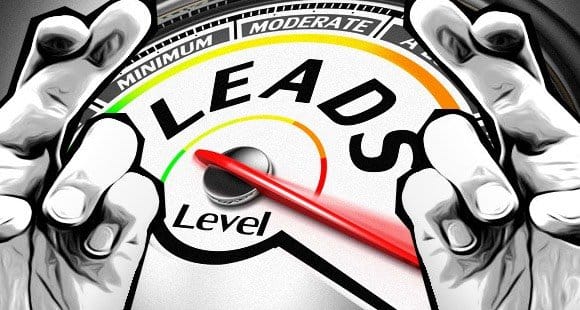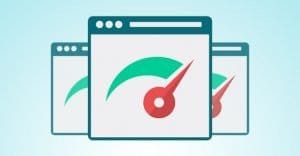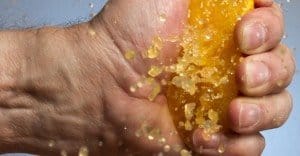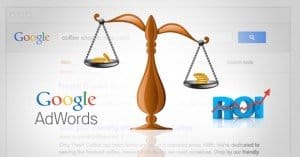How to Improve the Quality and Value of Your Leads

Possibly the number one most common complaint among businesses s about the lack of good coffee in the office. When you give them a pointed stare and remind them you’re talking about the sales funnel specifically, they sigh as though they have suffered long to reach this moment and clarify that what they really mean is the lack of qualified leads. Once those magic words have been spoken, you can launch into the next phase; finding out how to improve the quality, value and volume of the leads your site generates.
You can then use the profits from those increased leads to buy a better coffee maker.
Capture More Information
What information do you capture with your submission form? Name, company name, business size? Questions and comments? Email, of course, otherwise you wouldn’t be able to respond. Phone number? These are all fairly common. However, you can also capture some other information, to further help filter your leads.
For one thing, you can capture the page the visitor was on when they submitted the contact form. This will show you which pages on your site are acting as the best endpoints for your sales funnel.
You can capture the IP address of the lead, and use it to filter out spam addresses. You can also use the IP address to identify interesting clients, like if one of your leads is coming from a government building.
You can even capture referrals, by asking the lead who sent them to their current location. This helps you figure out what in your off-site marketing is funneling the best leads to your site. This further allows you to reallocate your budget to support the best channels.
Identify the Most Valuable Clients
As you gather leads, you can piece together trends. When you learn that, say, your ten most valuable clients all used your submission form from one particular referral site, that they all list marketing director as their title and that they all have positions in the healthcare industry, you know those are qualities to look for in the most valuable leads.
Going forward, say you get two leads at the same time. One of them is a marketing director for a hospital coming in from your flagged referral site. The other is a lowly customer service peon coming in from a site you didn’t remember putting your link on, an who has nothing to do with healthcare. Which lead do you follow up on?
Trick question. You follow up on both leads, and quickly. The difference is, you should be willing to dedicate a little bit more time and energy to the healthcare director, because you know they’re more likely to convert.
Respond to Leads Quickly
If I were to visit your site – link it in the comments – and submit a query through your contact form, how quickly would I get a response? According to InsideSales:
It takes an average of 19 hours to receive a response via email, and only 47% of companies respond through email at all.
It takes an average of 37 hours to respond via phone, and only a tiny 7.5% of companies respond by phone.
Curious how that stacks up? You should respond via email with in one hour, and by phone within five minutes, for the best leads. Worse, web-generated leads drop off in quality within six hours. If you’re taking longer than six hours to contact your leads, they’ve already moved on. Hell, within six hours, the lead has time to decide your company isn’t worth it and go to your competitors, who respond much faster and snag the lead out from under you.
Analyze the Funnel for Access Points and Optimize Them
Every piece of information you collect allows you to put together a better image of your sales funnel. You can then optimize it each step of the way.
- Optimize the mouth. You can make the mouth of your funnel wider by expanding in any direction you think you may be able to find leads. You can simultaneously make it steeper by spending more time and money on the locations – PPC, guest posts, certain referral sites, etc – that have the best lead generation record.
- Optimize the throat. You can make the throat of your lead generation funnel steeper by optimizing your site. You can do this by optimizing landing pages, pushing a unique value proposition, using social proof and providing contact information beyond a submission form.
- Optimize the gullet. The digestive tract metaphor loses steam here, but the point is, you optimize your lead followup. Respond faster, respond cleaner, hook users as quickly as possible. Nurture those leads and get them to convert at a higher rate.
Analyze Existing Leads for Lookalike Audiences
Facebook ad targeting has a very interesting feature called the lookalike audience. How it works is simple in theory. You build an audience. Facebook knows a lot about each individual person in that audience. You analyze the audience and discover that they tend to share the same hobbies, like the same pages and follow the same people. Simple, right? It’s all basic demographics.
Lookalike audiences come in when you extend that information. You reach out and deliberately target people who like those pages, follow those people and have those hobbies, even though they don’t follow you. These are the lookalikes; people who match your demographics but aren’t part of your circles.
With lead generation, you can do the same thing. Identify the people who convert into the most valuable leads, figure out what characteristics they share, then tailor your marketing towards those people. Market on their hobby blogs, partner with the pages they like, interact with the people they follow. Make yourself a presence, and hook them before they know what you’re selling.
Experiment with Varied Offers
Different kinds of offers attract different kinds of people in different industries. You might want to vary up the offers you, well, offer, on different pages and through different inbound channels. Maybe some people will give you their information in exchange for a free sample. Others might not care about your sample, but want a free consultation. Still others just want to know how your business model works, and may be convinced to sign up once you give them a demonstration. Others are willing to jump in and buy immediately.
The point is, different people want different things. Until you find out what your audience wants, you don’t know enough to put together the best possible sales funnel. When you do know, you can bring in the targeting leads you need, which will then allow you to nurture those leads to a greater degree.
 ContentPowered.com
ContentPowered.com






